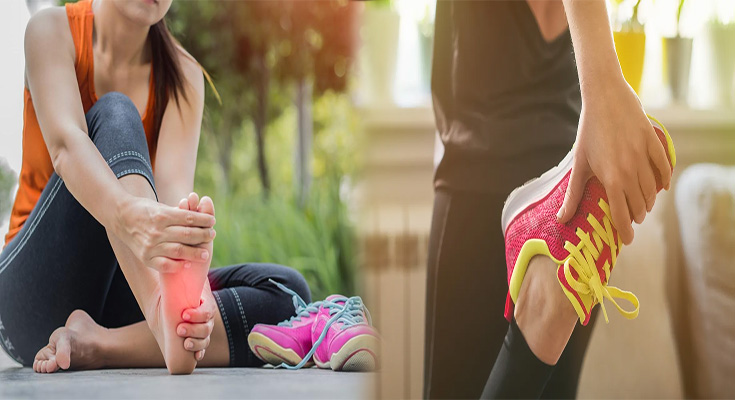If you’re a runner and your feet hurt when you run, there are several things you can do to make the pain go away. In some cases, it’s a good idea to see your doctor to make sure that there’s nothing wrong with your body that will get worse if you continue running while injured. Once that’s been ruled out, try these tips to see if they help:
Make sure you don’t have a foot injury.
If you’re reading this, then it’s likely that you are experiencing some sort of pain in your feet while running. If this is the case and you have not ruled out a foot injury as the cause of this pain, then I must insist that you see a doctor before continuing to run on it. It’s important to note here that if any kind of injury has occurred, it will likely take weeks or even months for full recovery and running should not resume until after such time has passed. This can be frustrating but is necessary in order for proper healing to occur.
Warm up and stretch your feet before you run.
- Stretch your feet before you run.
- Warm up before stretching your feet.
- A good way to warm up is by walking around for at least 5 minutes, or until you feel loose and warm.
- Once warmed up, stretch each foot individually with the following exercises:
- Flex the toes back toward you while keeping the heel on the floor (this will help prevent shin splints). – Point and flex each foot in turn, then rotate it clockwise and counterclockwise several times in each direction (this will strengthen ankles). – Rotate ankles vigorously while keeping heels flat on floor (this helps prevent ankle sprains).
Try choosing different shoes.
It’s normal to want to run in the same shoes all the time. But if you’re having foot pain, it might be worth trying a different pair (or two) of running shoes. The right shoe can make all the difference in how comfortable you feel while running and how well your feet hold up over time.
When deciding on new shoes, consider these factors:
- Your arch type–are you an overpronator (heel striker)? Or do you have flat feet? Do they need extra support? If so, look for stability or motion control shoes that have additional cushioning underfoot and a higher heel-to-toe drop (the difference between heel height and forefoot height). These features will help prevent injury by absorbing shock as your foot lands on each stride while keeping excess motion under control so less stress is put on bones and joints such as those in the ankle joint.* Feet size–this one’s obvious but worth mentioning because many people underestimate how important this factor really is! It’s easy enough to buy generic sizes off Amazon or find cheap pairs at Target; however those won’t necessarily fit well enough for long distance running which puts more pressure than usual onto each individual toe due its repetitive nature versus walking where movement comes from multiple joints working together simultaneously instead one single point like when walking down stairs where only one leg moves at once rather than two simultaneously like when running uphill .”
If your feet hurt when you run, you may need to change the way you do it.
If you continue to run with pain, you will damage your feet. You need to take a break and ask for help. If the problem is that you are running in the wrong shoes, then find some new ones that fit better. Stretching before and after running will also help prevent injuries from happening in the first place.
The key to keeping your feet healthy is to make sure they’re not injured in the first place. If you have any pain or numbness in your toes or heels, see a doctor immediately. You may also want to consider switching up your running shoes if you feel like they are contributing to any issues with your feet.





